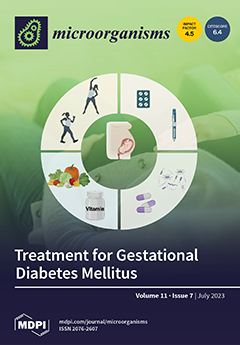Sugar-rich waste streams, generated in very high quantities worldwide, constitute an important source of environmental pollution. Their eco-friendly conversions into a plethora of added-value compounds through the use of microbial fermentations is currently a very “hot” scientific topic. The aim of this study, was to assess the potential of single cell oil (SCO), microbial mass and citric acid (CA) production by non-conventional yeast strains growing on expired (“waste”) glucose. Six yeast strains (
viz.
Rhodosporidium toruloides DSM 4444,
Rhodotorula glutinis NRRL YB-252,
R. toruloides NRRL Y-27012,
Yarrowia lipolytica LFMB Y-20,
Y. lipolytica ACA-DC 50109 and
Lipomyces starkeyi DSM 70296) were initially grown in shake flasks with expired glucose used as substrate under nitrogen limitation, in order to “boost” the cellular metabolism towards the synthesis of SCO and CA, and their growth response was quantitatively evaluated. Initial glucose concentration (Glc
0) was adjusted at
c. 50 g/L. Besides
Y. lipolytica, all other yeast strains produced noticeable SCO quantities [lipid in dry cell weight (DCW) ranging from 25.3%
w/
w to 55.1%
w/
w]. Lipids of all yeasts contained significant quantities of oleic acid, being perfect candidates for the synthesis of 2nd generation biodiesel. The highest DCW production (=13.6 g/L) was obtained by
L. starkeyi DSM 70296, while both
Y. lipolytica strains did not accumulate noticeable lipid quantities, but produced non-negligible CA amounts. The most promising CA-producing strain, namely
Y. lipolytica ACA-DC 50109 was further studied in stirred-tank bioreactor systems, while the very promising DCW- and SCO-producing
L. starkeyi DSM 70296 was further studied in shake flasks. Both strains were grown on media presenting higher Glc
0 concentrations and the same initial nitrogen quantity as previously. Indeed,
L. starkeyi grown at Glc
0 = 85 g/L, produced DCW
max = 34.0 g/L, that contained lipid =34.1%
w/
w (thus SCO was =11.6 g/L). The strain ACA-DC 50109 in stirred tank bioreactor with Glc
0 ≈ 105 g/L produced CA up to 46 g/L (yield of CA produced on glucose consumed; Y
CA/Glc ≈ 0.45 g/g). Finally, in fed-batch bioreactor experiment, the significant CA quantity of 82.0 g/L (Y
CA/Glc = 0.50 g/g) was recorded. Concluding, “waste” glucose proved to be a suitable substrate for a number of non-conventional yeast strains.
Y. lipolytica ACA-DC 50109 produced significant quantities of CA while
L. starkeyi DSM 70296 was a very interesting DCW- and SCO-producing candidate. These strains can be used as potential cell factories amenable to convert glucose-based residues into the mentioned metabolic compounds, that present high importance for food, chemical and biofuel facilities.
Full article






